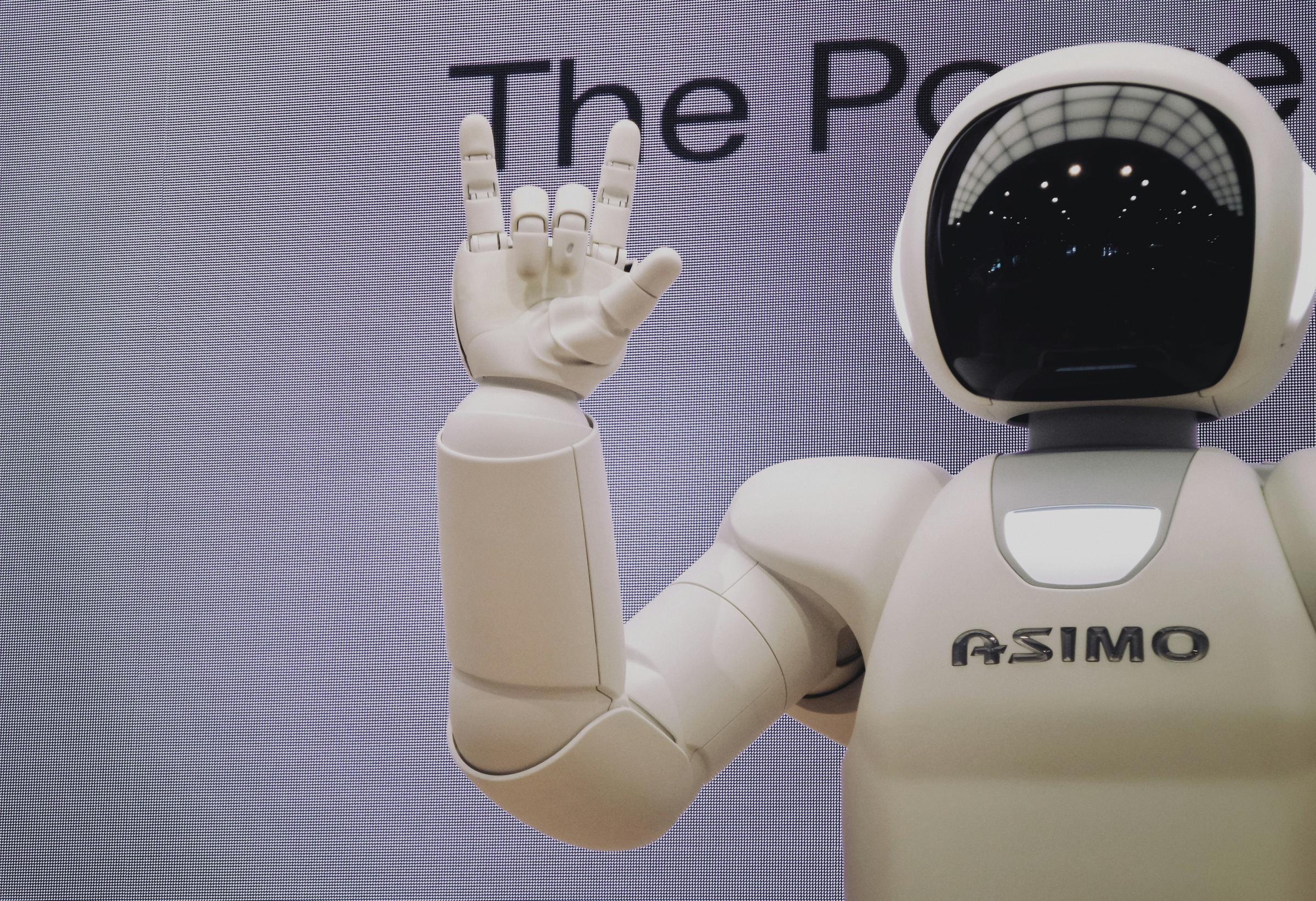
Discover How Smart Automation Is Redefining The Modern Workplace
Teams now approach tasks with software that adapts and learns, changing the way they work every day. Automation takes over repetitive activities, letting scripts launch workflows automatically as soon as specific conditions appear. By reducing the need for manual handoffs, these systems help people spend less time on routine chores. As a result, individuals can concentrate on challenges that demand critical thinking and inventive solutions. With automation handling the busywork, team members gain more opportunities to contribute fresh ideas and make meaningful decisions. Tools like these allow groups to work smarter and devote their energy to what truly matters.
Cloud-based platforms let distributed groups access the same automated routines. Notifications pop up right where work happens, whether in a messaging channel or project board. This approach keeps everyone aligned without endless status calls. People spend less time juggling tools and more time delivering results.
The Development of Smart Automation
Early automation used simple macros or rules that ran on a local computer. Those solutions handled single tasks like sending emails at scheduled times. Over time, APIs appeared to connect services. Developers stitched together workflows between calendars, file storage, and chat platforms.
Current systems use machine learning models to predict patterns and suggest next steps. They incorporate natural-language processing to interpret text commands. Platforms like Zapier and Make enable nondevelopers to build workflows visually. This change encourages more people to adopt automation by lowering the technical barrier.
Major Advantages for Today’s Teams
- Less manual effort: Scripts manage data entry, notifications, and file transfers.
- Quicker turnaround: Trigger-based actions speed up approvals and handoffs.
- Greater consistency: Automated checks verify each report meets standards.
- Immediate insights: Dashboards update instantly when new data arrives.
- Ability to grow: Adding new workflows takes minutes instead of weeks.
These improvements lead to shorter project cycles and fewer mistakes. Teams understand priorities more clearly when routine chores no longer clutter their to-do lists. Consequently, they focus on higher-value initiatives with more confidence.
Typical Challenges During Implementation
Unaligned workflows cause confusion when automation runs without clear responsibility. Teams may disagree on naming conventions or data sources, resulting in duplicated effort. Lack of documentation leaves colleagues guessing how processes work internally. This gap can delay troubleshooting if something breaks.
Another obstacle appears when security rules clash with automated data flows. Password policies or access restrictions can prevent service accounts from reading shared drives. Without a plan for secrets management, credentials might end up hard-coded and vulnerable. Addressing these risks early on prevents costly setbacks later.
Effective Tips for Easy Integration
- Map current workflows: Record each step, responsible person, and input/output data.
- Select the appropriate tool: Check connectors, security features, and pricing models.
- Start small: Automate a low-risk task to test governance and reporting.
- Set naming standards: Use consistent prefixes for triggers, actions, and folders.
- Monitor and improve: Measure success, gather feedback, and adjust logic.
Forming a governance committee helps enforce standards and manage exceptions. When a new workflow requires approval, that team reviews compliance and performance goals. This step prevents automation from devolving into a tangle of scripts with no clear owner.
Upcoming Trends and Future Perspectives
"No-code" AI builders allow teams to create language-based workflows by typing simple sentences. These platforms convert requests into multi-step processes within seconds. As model accuracy improves, even complex tasks like sentiment analysis or invoice processing will run automatically.
Distributed orchestration layers will enable each department to deploy its own bots without risking security breaches. Blockchain-based ledgers could record every action for complete transparency. Paired with virtual agents managing customer requests, the next ten years could see a workplace where routine work almost vanishes.
Smart automation reduces routine work and speeds up outcomes. Planning carefully and choosing the right platforms helps organizations stay adaptable with technological changes.